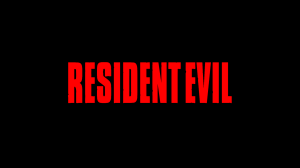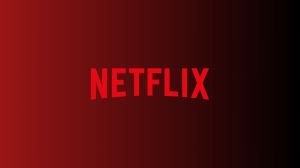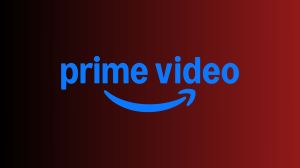Gareth Edwards was a relative newcomer to the Hollywood scene when he was named as director of Lucasfilm’s first Star Wars spinoff film.
Videos by ComicBook.com
The filmmaker had one big budget blockbuster to his name with Godzilla when he was hired, and it was somewhat of a surprise to fans.
But Rogue One: A Star Wars Story blew everyone away when it was released, receiving critical acclaim, box office success, and fan praise—the film is currently given 4.47 out of 5 Stars by ComicBook.com readers.
COMING SOON: S.H. Figuarts Death Trooper And Blu-Ray Collection Announced
One of Rogue One’s best aspects is how the highly personal story is matched with intense camera work, creating a unique perspective in the Star Wars universe that wasn’t explored in such a way.
The film is also praised for its space scenes—especially the battles—for creating dynamic angles and showcasing the perspective of the spaceships in an innovative way, not unlike how George Lucas did when he made the original film over 40 years ago.
Now the BBC has revealed how Edwards was able to get hands on for the digital effects team in a new video that showcases some of Industrial Light and Magic‘s work on the film.
The video reveals that computer graphics supervisor Steve Ellis and other team members created a “virtual reality camera,” which was basically a HTC Vive controller for VR attached to an iPad.
This contraption allowed Edwards to move in a physical space and examine the computer generated scenes much like if he had a camera with a viewfinder.
“The idea wasn’t that he would be getting perfectly smooth, composed final camera moves,” Ellis said. “But [Edwards] was able to sort of show to us the ‘beginning of the shot, I want it here. End of the shot I want it here.’ We could then just publish this through our pipeline software and then it could be immediately picked up by animators and lighting TDs.”
They’d “shoot” the scenes with Edwards in London, which was then picked up in animators in San Francisco, and the director could review the scenes the next day.
The whole video is worth watching to show how intricate they were able to make the film, allowing Edwards a whole new dimension of access all with technology that a consumer can purchase.
It’s the kind of technology we’re likely to see utilized much more in film productions going into the future. It’s also an example of how hands on Edwards was throughout all aspects of the filmmaking process for Rogue One.
Did you enjoy the interesting approach to Rogue One‘s space battles? Let us know with your ranking below in our Movie Database!

Directed by Gareth Edwards, it’s the first of the new standalone features from Lucasfilm and Disney, which take place outside the core “Skywalker Saga” of films noted by an Episode number. Rogue One tells the story of the small band of rebels that were tasked with stealing the plans to the first Death Star.
The story spins directly off the opening crawl from the original Star Wars: Episode IV – A New Hope. In that crawl, it read: “Rebel spaceships, striking from a hidden base, have won their first victory against the evil Galactic Empire. During the battle, Rebel spies managed to steal secret plans to the Empire’s ultimate weapon, the DEATH STAR, an armored space station with enough power to destroy an entire planet.“
MORE ROGUE ONE NEWS: ·Home Release Details Officially Announced
·Surprising Rogue One Sequel Is Coming to Star Wars Novels
·Rogue One Mission Debrief Movie Guide Shipping Late March
[h/t] io9









